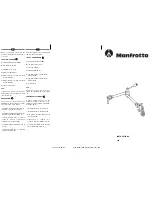
Lucent Technologies Victory Class Batteries WP-93936
9 - 2 Troubleshooting
Issue 1 May 2000
Hydration
When a battery has been over-discharged, well beyond its design limits,
and left in a discharged state without timely recharge it is subject to
irreversible damage known as “hydration.” This is a phenomenon in
which the specific gravity of the electrolyte has been depleted to a value
so low that it permits the lead components to go into solution, totally
destroying the cells. The reaction of dissolution forms many
compounds and salts generically referred to as hydrate. These
compounds clog the separator pores and, upon recharge, react to form
metallic lead. As the process continues, thousands of short circuit paths
are created. Very often, the effect of the short circuits goes unnoticed
except for an observed increase in charging current. As the reaction
proceeds over an extended period of time, the short circuits become so
extensive that it is difficult to keep the cells charged. Finally, the cells
may experience terminal short circuit failure.
Hydration can be avoided by the use of low-voltage cut-out devices,
which disconnect the battery from the load after the battery is
discharged at its specified load current and reaches its designed cut-off
voltage. The battery must be recharged as soon as possible.
Battery hydration usually occurs when the load on the battery is very
much less than the design load current. This condition allows the
battery to discharge to a very low depth of discharge, depleting the
available acid ions in the electrolyte. The specific gravity of the
electrolyte finally approaches that of water.
Typically, if one or more cells in a battery become visibly hydrated, it
is only a matter of time before the remaining cells exhibit the same
condition.
















































